You’d have to pay me to get me to my local Asda: being bombarded by hanging signs and blaring radio ads while jostling to get my basket down the aisle makes me want to tear my hair out. I travel further and pay more to shop at Waitrose, where the natural colour palette, wide aisles and discrete vertical shelf signage give me space to browse in peace.
Consumers don’t just buy products, they buy purchase experiences. Knowing this, I’m continuously amazed at how little many retailers invest in purchase experiences, especially when compared with the amount spent on advertising and NPD. Why spend millions persuading people to buy your product, only to give them a mediocre experience when they go to buy it?
It’s time we reframe the way we think about stores. Yes, they are a purchase channel with sales targets and operational challenges, but they are also a canvas for multisensory brand experiences that influence how customers perceive the messages we push and what they buy.
Retailers already use smell to a degree: show me a supermarket that doesn’t pump out the smell of bread at the entrance. But we also need to think about how brands sound, feel and taste. We need to ask what our environments say about our brands, what will make customers linger and why they’d choose our store.
Think about Whole Foods Market with its clever visual merchandising and copious tasting opportunities that make you feel one step away from a farmers’ market. I also hear the baby powder-scented infant department works wonders on new mums.
There are many tools in the armoury if we just broaden our thinking. But don’t just take my word for it, look at the evidence. A recent study by Diageo showed that altering the environment can enhance the taste and enjoyment of whisky by up to 20%.
I’d like to see more research on the effect of multisensory environments, including their effect on traditional retail measures. In fact, I’d like to try conducting some myself. If I could get customers to enjoy buying and consuming my clients’ products 20% more, I bet they’d see a good return on that investment.
Nicola Carter is senior planner at Rufus Leonard
Sign in to comment on this article
Not logged in before? Register for FREE guest access today.
You will be able to:
- Read more stories
- Receive daily newsletters
- Comment on stories
Advert



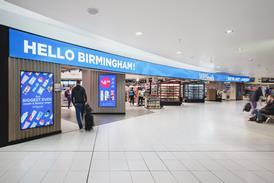
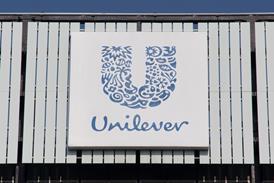




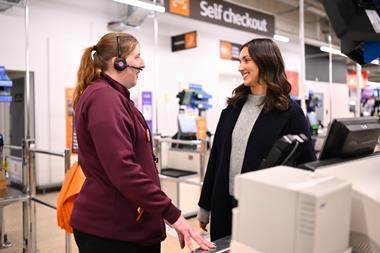
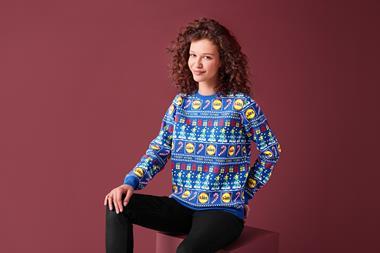
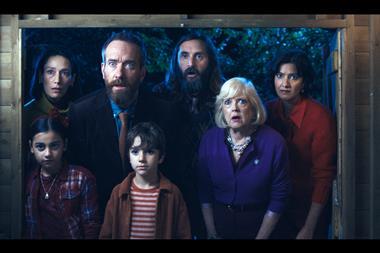


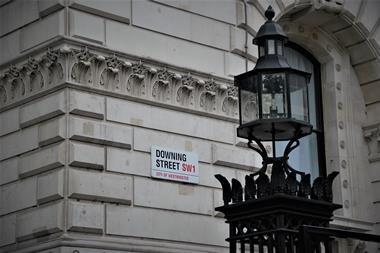

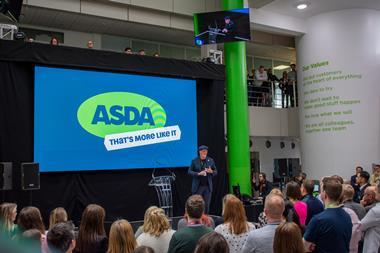


No comments yet